MacBook Air 13 inch 2014 Review - Battery Life, Performance & Verdict Review
Battery Life, Performance & Verdict
Still a great buy in spite of its average screen
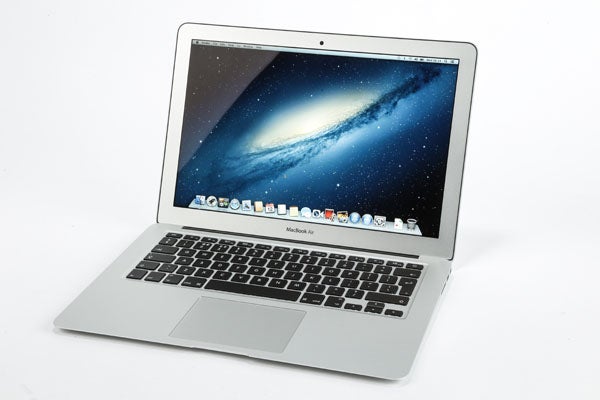
Sections
- Page 1 MacBook Air 13 inch 2014 Review
- Page 2 Battery Life, Performance & Verdict Review
13-inch MacBook Air 2014: Battery Life
If the the screen lets the side down (and it does) then what rescues the 2014 MacBook Air in our eyes is the stupendous battery life: that is not an overstatement.
The 2013 MacBook Air lasted 10 hours and 15 minutes when left refreshing a web page every two minutes at 50% brightness. That on its own made it comfortably the best in its class, but thanks to an increased battery capacity (up from 50-watt-hour to 54-watt-hour) and the energy saving tweaks introduced in OS X 10.9.3 Mavericks the 2014 MacBook Air takes things to a whole new level.
This time around it managed another ten hours of web browsing in the same conditions, but added another two hours and 50 minutes of 1080p video playback (an MP4 file in Quicktime) before it ran out of juice. That’s twelve hours and fifty minutes in total, which is hugely impressive.
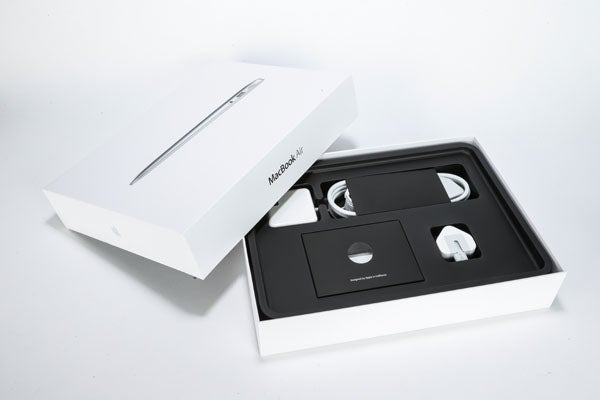
While we sadly can’t compare directly due to different testing on Windows laptops (we use the custom run of the Futuremark Powermark benchmark on Windows), based on our tests it’s clear enough that none of the MacBook Air’s direct (or indirect) rivals can match it. The Asus ZenBook UX302, for example, lasted six and a half hours; the Sony VAIO Pro 13 lasted six hours, 14 minutes; the Samsung Ativ Book 9 Plus almost exactly eight hours; and the Toshiba Kira just over nine hours.
Out of these only the Sony and Asus could be deemed to be in the same price bracket (the Samsung and Toshiba both cost over £1,200 compared to the £850 starting price on the MacBook Air), and the Sony is quickly disappearing due to Sony pulling out of the laptop business.
13-inch MacBook Air 2014: Performance, Heat and Noise
Years of Intel efficiency improvements (and improving SSDs) have done wonders for the MacBook Air. These days, even with a lowly sounding 1.4GHz dual-core Core i5 processor, it nips along at a very pleasant speed for day-to-day tasks.
Its score in Geekbench, 5,401, puts it firmly in the higher range of similar ultraportables. It’s faster than the Toshiba Kira (4,971) and Sony VAIO Pro 13 (4,740), and even the far more expensive Dell Precision M3800 (5,831) is only marginally faster.
The super fast solid state storage helps, here. You only get 128GB of it in the base spec (256GB on the £999 config), but we measured a 709MB/s read speed and 557MB/s write speed, which compares very well to the read/write speeds (506MB/s and 449MB/s) of the far more expensive Toshiba Kira.
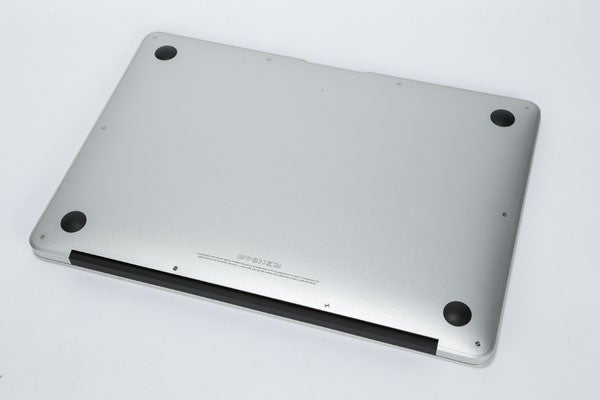
The net result is the MacBook Air boots from cold and wakes from sleep
incredibly fast, programs open faster and are more responsive when in
use. It’s the kind of performance you notice in ‘real use’ rather than
merely theoretically.
The caveat is the MacBook Air isn’t the best option for serious image or video editing. You’ll probably find the processor under-powered if you regularly deal with batches of RAW images in Adobe Lightroom or similar, though it’s perfectly adequate for consumer level photo editing where you’re not dealing with so many images simultaneously.
As for heat and noise, in normal use the MacBook Air is whisper quiet. Tax the processor beyond normal day-to-day productivity (i.e. video/photo editing and games) and you’ll hear the fan whir into action, but most of the time it’s totally unobtrusive.
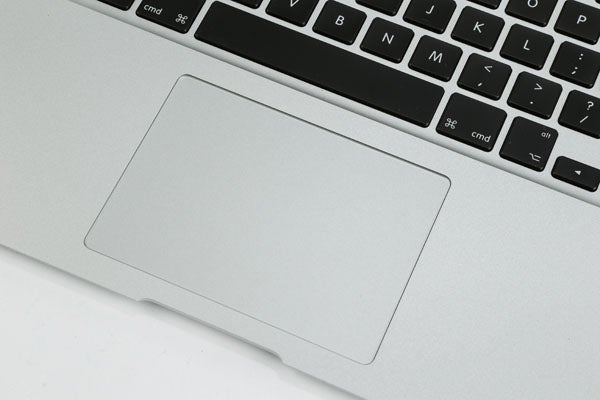
13-inch MacBook Air 2014: Other things to consider
There are a few decisions to make when configuring your MacBook Air. One is whether to upgrade the memory from the standard 4GB to 8GB. This costs £80 and the memory is soldered to the motherboard, so isn’t user-replaceable. Our view is most people don’t need to, and those that do should probably consider the retina MacBook Pro instead or the £120 upgrade to a 1.7GHz Core i7 in addition to the memory upgrade.
Another is which version to buy, which largely comes down to how much storage you want or need. It’s a hefty £150 more for the 256GB version over the 128GB, though, so those feeling brave could consider upgrading the SSD themselves. It is user-replaceable and several firms offer good quality, and good value, upgrade kits. Do it yourself and sell the original unit and you could save quite a few pennies, though be aware this would probably void your warranty.
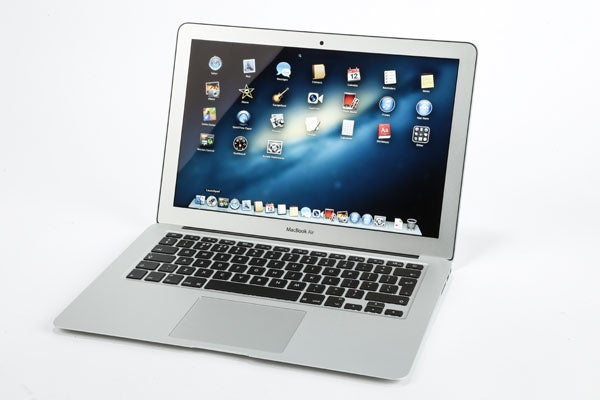
Should I buy the 2014 13-inch MacBook Air?
If you care about screen quality above all other considerations then probably not. The MacBook Air’s screen isn’t bad, but it isn’t good either: it’s just deeply average. This will be enough to dismiss the MacBook Air in some eyes, but this doesn’t tell the whole story.
That’s because everything else about the MacBook Air remains outstanding. Its design is still unmatched and the battery life is out of this world considering the base 13-inch Macbook Air only costs £850 now. This also means it’s exceedingly good value, so much so that anyone who is ‘platform neutral’ will find it hard to consider anything else.
The only caveats are whether to consider the retina MacBook Pro instead, which starts at £1,099 for the 128GB version, or simply wait and see if a ‘retina’ Air appears next year. Our MacBook Pro vs MacBook Air comparison looks at the ins and outs of of the first in greater detail, while your ability to wait will depend on how urgent your need is and your faith that Apple will (eventually) make this switch.
Verdict
We were ready to give Apple a kicking for the average screen, but MacBook Air’s overall quality allied to the outstanding value and incredible battery life mean it’s still a class act. There are legitimate reasons not to buy one, but no laptop we’ve seen can match it for the same money.
Next, read more laptop reviews or head to best laptops 2014 round-up for more options.
How we test laptops
Unlike other sites, we test every laptop we review thoroughly over an extended period of time. We use industry standard tests to compare features properly. We’ll always tell you what we find. We never, ever, accept money to review a product.
Trusted Score
Score in detail
-
Performance 9
-
Keyboard 9
-
Design 10
-
Screen Quality 6
-
Build Quality 10
-
Value 9
-
Touchpad 10
-
Heat & Noise 9
-
Battery Life 10

